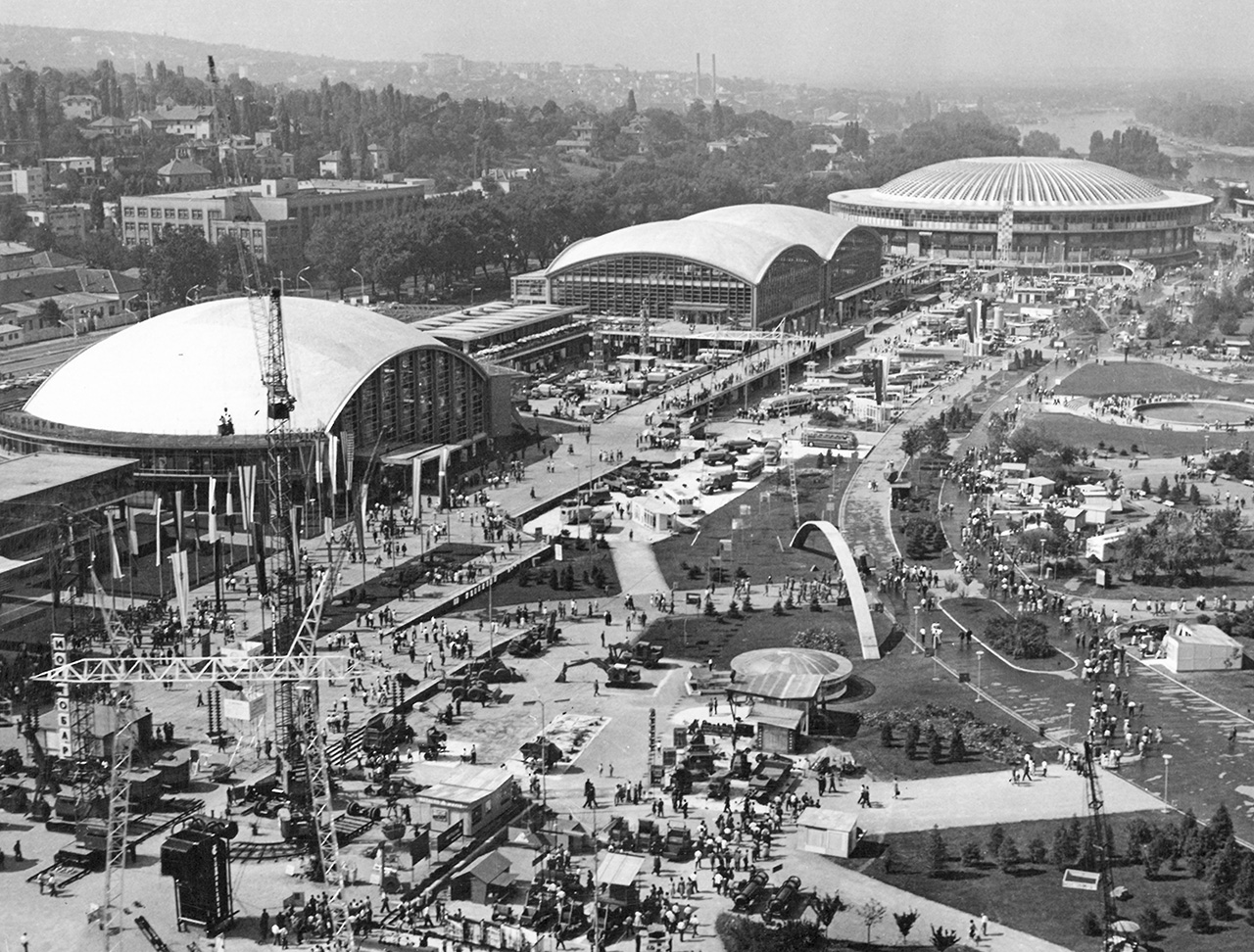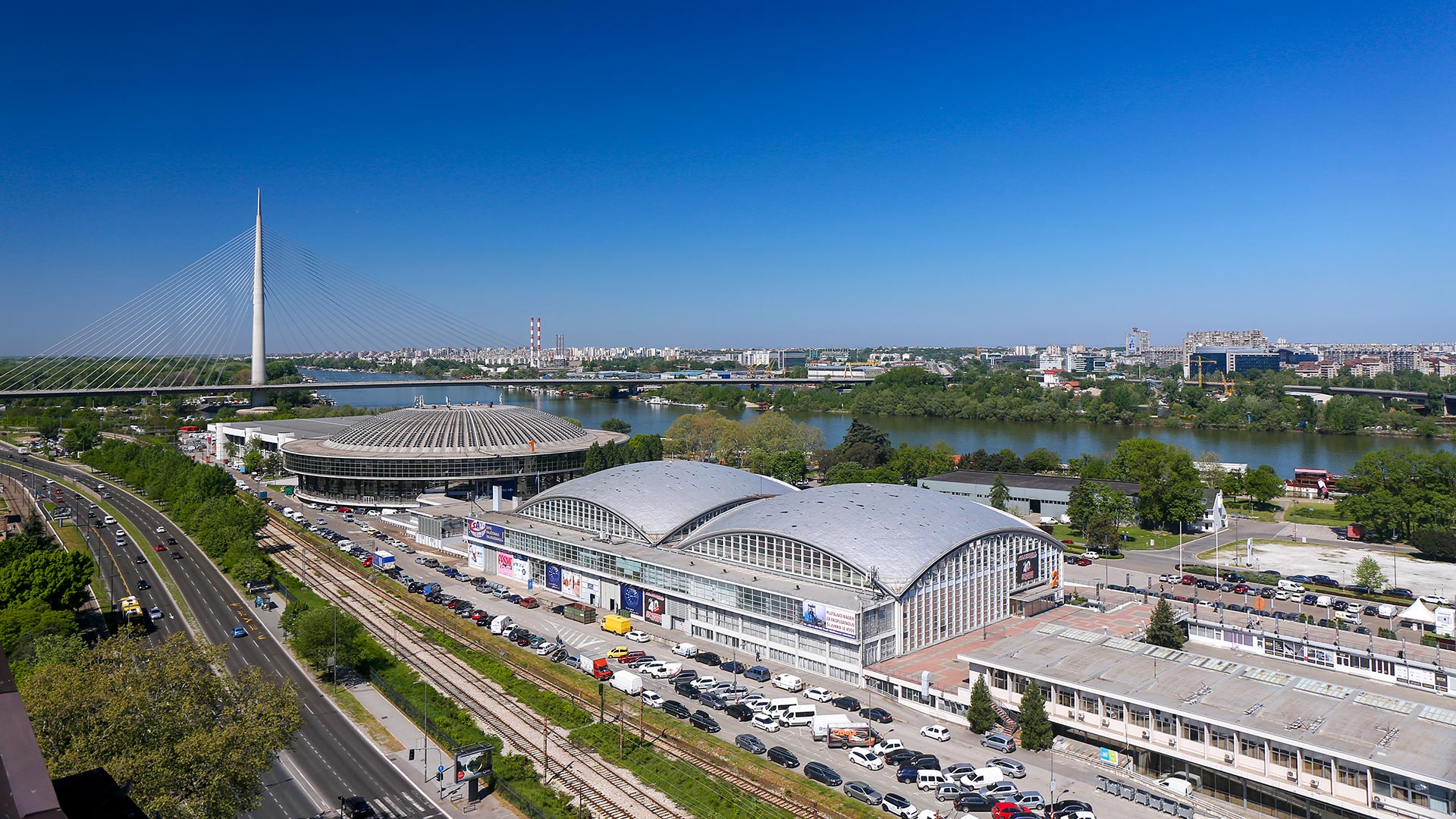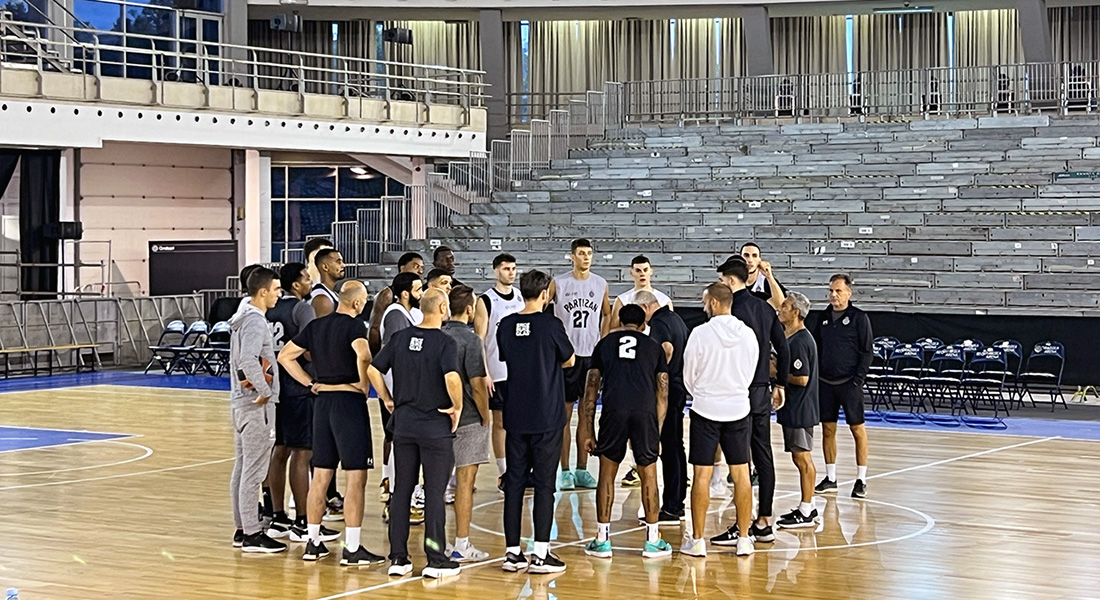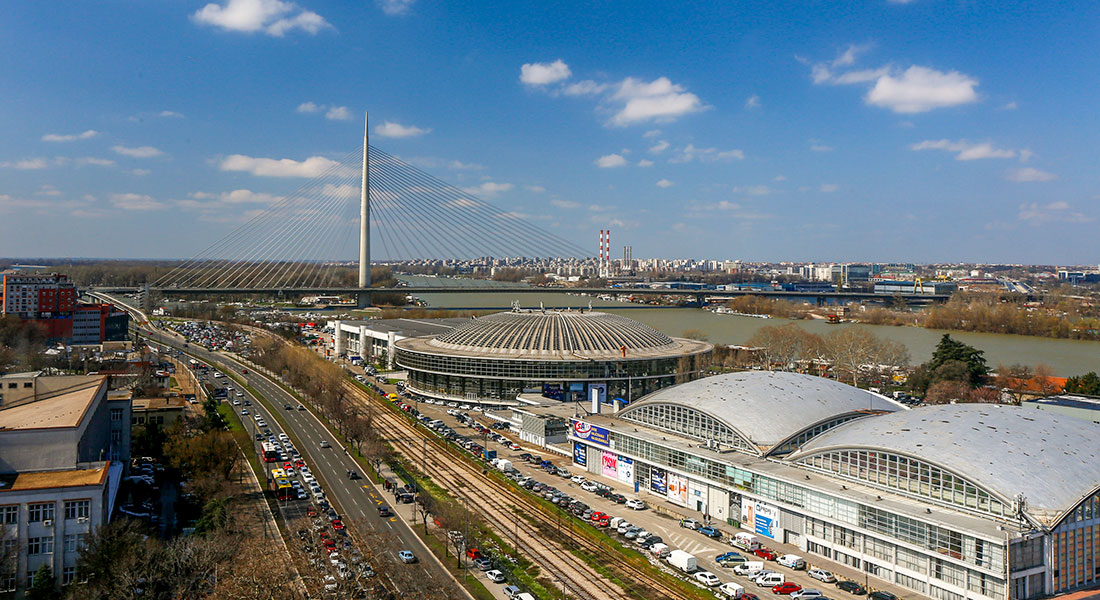It was Friday, August 23, 1957, when newspaper reports declared: “The Belgrade Fair, among the most beautiful and boldest structures of its kind in Europe.”
On that day, the International Fair of Technics was ceremoniously inaugurated in the newly constructed, impressive building complex on the banks of the Sava River. The fair met expectations and set high standards. It remains a historical fact that the first fair featured 1,500 exhibitors—650 domestic and 850 international ones, from 28 countries, which was an exceptional achievement given that domestic exhibitors were dominant at the largest European fairs of that time. The grand opening alone was attended by over 5,000 guests, including numerous high-ranking officials from both the country and abroad. Over the ten days of the fair, an impressive 1,150,000 visitors passed through the exhibition halls.
The Belgrade Fair was being built from 1954 to 1957 according to the plans of a team that included architect Milorad Pantović and engineers Branko Žeželj and Milan Krstić. The complex was envisioned as a modern urban space, with three interconnected exhibition halls linked by walkways.
As a significant engineering achievement and architectural marvel, the Belgrade Fair drew global attention even during its construction, and because of the span of its dome, Hall 1 remained unique in the world for a long time.
Architect Pantović’s Approach to Designing the Belgrade Fair was based on the principles of functionalism in modern architecture. Inspired by the Italian tradition of constructing sports and exhibition halls from the mid-20th century, as well as the use of oval shapes characteristic of Byzantine forms, Pantović created buildings that stood out from everything previously constructed in Belgrade’s architecture. This innovative approach made a significant contribution to the avant-garde of post-war Belgrade construction industry. As a result, the Belgrade Fair received recognition from both domestic audiences and renowned global experts, thus becoming one of the city’s landmarks.
Today, Hall 1 is recognized as a cultural monument due to its architectural solutions and construction methods, while the Belgrade Fair stands as a monument to an era that left a profound impact on society.
The entire small economic city, consisting not only of the breathtaking exhibition halls and riverside ambiance but also of auxiliary facilities for storing goods, constructing stands, customs, administrative buildings, management, design offices, organizational teams for individual events, marketing, and press offices, was created at that time. It has since continually evolved and innovated to remain a crucial hub for economic activities, organizing and hosting numerous national, regional, and international events, as well as other large-scale gatherings.







